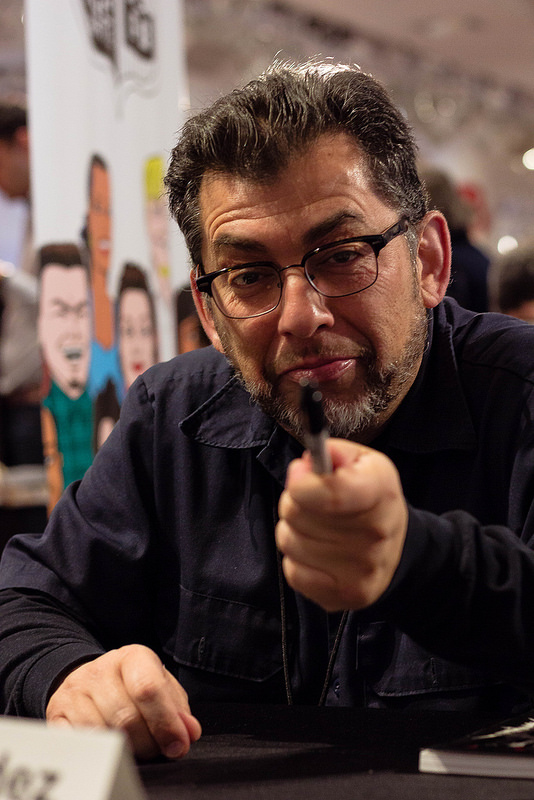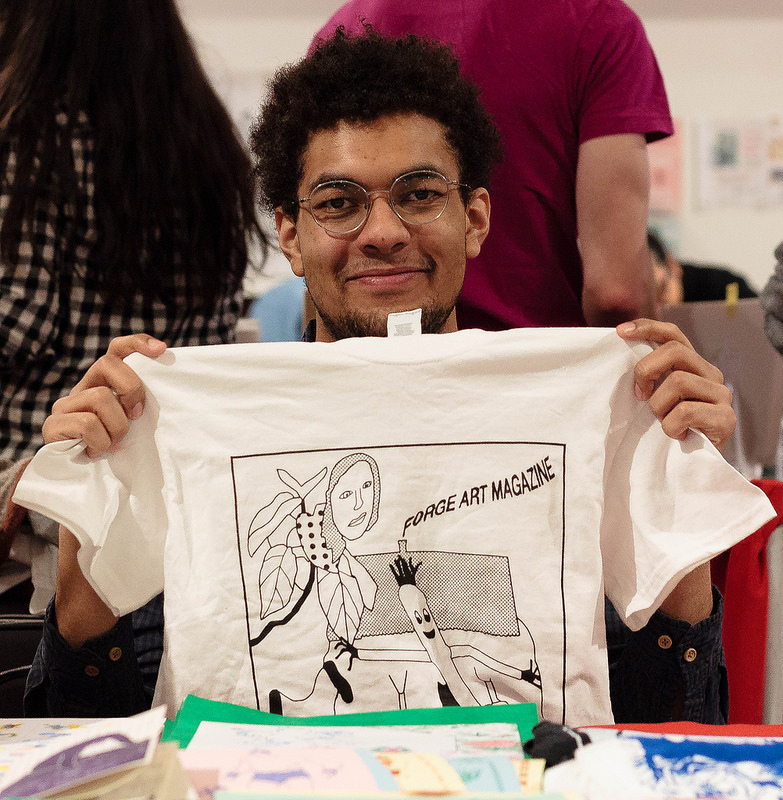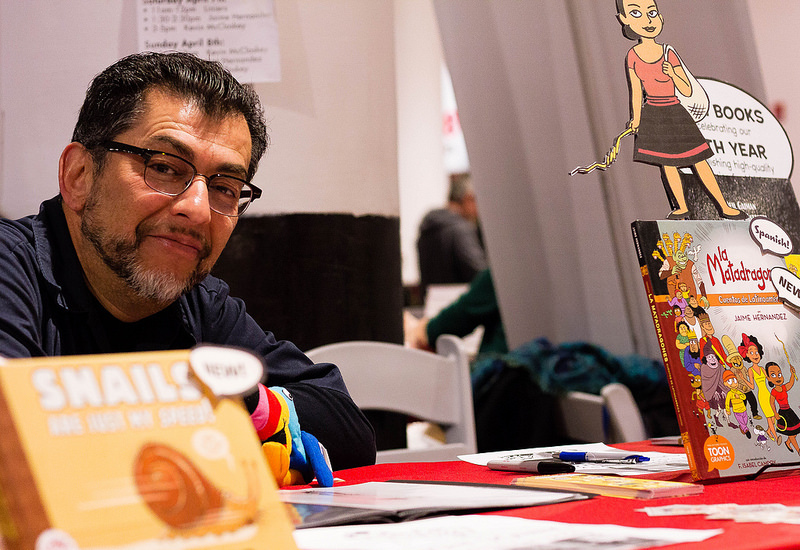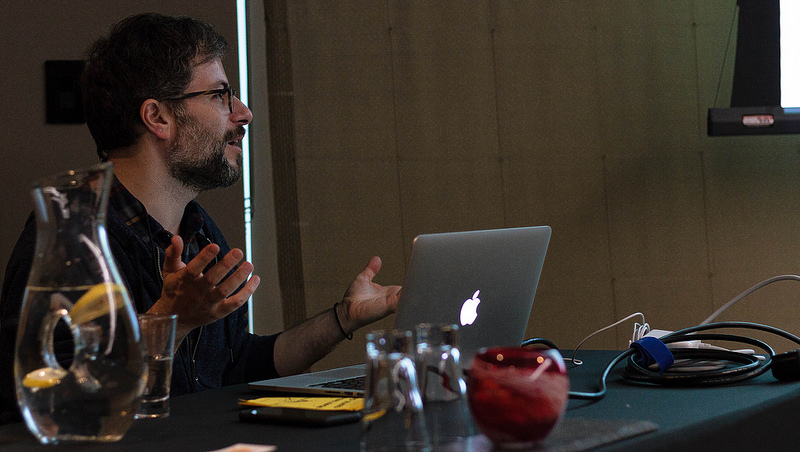Juan FernándezFebruary 24, 2016NewsLet’s start off with some good news in light of all the essential discussions about the history of women involved in the comics art form! Comix Creatrix: 100 Women Making Comics, a new exhibition at the House of Illustration has opened its doors and will be open to the public until the 15th of May. The exhibition features the work of Tove Jansson, Jackie Ormes, Marjane Satrapi, June Tarpé Mills and so many more. An unmissable exhibition, really. Wish I was in the UK for this!
Intelligent Life Magazine and The Guardian both have articles you should check out about the show that might help you dip a little deeper into how very real women’s role in the history of comics medium has been.
– Portland’s Floating World Comics has published their 2015 sales report, juicy details and all. Get the inside scoop here.
There’s been a lot of talk about Marvel and DC dropping the ball or missing the mark creatively. Licensed books and superheroes make up the majority of the 10,000 different titles we carry, but only one cracked the top 25. Are they making the best books they can? Are their hands tied? Do they care? Marvel and DC are corporate employers that offer creators steady pay and benefits. Image doesn’t offer a page rate, a book has to sell over 3000-5000 copies to make it sustainable. (Usagi Yojimbo sells just under 5000 copies). But many of the best writers have reached a level of success where they can afford to take the freelance, creator owned route. It’s complicated because all these things are connected in the direct market. There’s a much larger, diverse selection of good books to sell compared to when I started the store 10 years ago. But Marvel and DC are still the backbone of most shops even if they’re producing the least interesting material.
– Big news for daily comics publishing: The Nib relaunches. It’ll be over at First Look Media. After it’s departure from Medium it is changing form to satisfy the kaleidoscope of digital platform usage habits of modern comics readers. Read more about the future of the Nib here.
“Joining First Look Media is a fantastic evolution for The Nib, ” said Bors. “We’re going to expand our lineup and offerings. The Nib won’t be confined to just one online destination, but will deliver comics where readers want to see them – whether through our re-launched website, on social media or in their inboxes every morning.”
– Kim Jooha‘s writtten a short, insightful piece on Deep Valley, Jean-Philippe Bretin‘s latest effort. Read it over at Good (art) comics.
While there are about a dozen panels over a spread of two pages, like familiar comics, plentiful panels are enlarged so that we see a panel over a page or even a spread. As this large drawing appears, we confront the enormous space with the depth, compared to the flat page with panels. Even a blank panel with nothing inside possesses some physical weight. Sometimes the panel itself (not just the boundary) is twisted so that the space in that panel is contorted. After facing the vast space, we encounter a page with several panels and dynamic and crowded lines of different panels stand out.
– Alex Hoffman reviews Mickey Z’s dealing with Winter zine, a fun, fast and loose themed comics anthology. Check out and see what Hoffman thinks over at Sequential State.
My stray thought on DEALING WITH WINTER zine is how it feels like a self-portrait of Zacchilli, in the sense that the things that comprise the anthology are also the things that Zacchilli focuses on in personal work. There’s a strong component of mark-making and frenetic energy throughout the book. The off-the wall and/or wry humor in the book also feels a lot like the humor Zacchilli includes in RAV. And I think I like it more for that reason. The anthology feels directed, maybe not completely successfully, but it doesn’t feel slap-dash.
– Last but not least I want to point out a wonderful piece of critical theory by Kevin Yuen Kit Lo. Kevin focuses on the recent Pantone Colour of the year choice and explores the of the color pair’s rise as aesthetic form and how it exemplifies just another instance of capital’s sublimation of rebel forms for profit. It’s an old story, yeah, but it’s one that bears repeating. Sit down and have a read.
Beyond filling corporate coffers on the backs of subcultural labour, the truly grievous effect is the erasure of a critical aesthetic tool from the subculture and its associated social movements. It blunts the critical teeth of the colours’ usage within these contexts and undermines the visual self-representation, self-determination, and autonomy of these subcultural groups. Joyous, rebellious anger is being cynically muted into a gentle, weightless calm by designers everywhere, blindly following the authority of Pantone’s proclamations.
Share this page: [...]


































Great to see this impressive array of photos so soon after the fest.
thank you kevin, appreciate hearing that very much! and you have great camera presence, one of my favorites i took is of you and jaime!
🙂
saw the Mocca poster and wondered who did it. Now I know: JooHee Yoon!
it’s a great poster and only $5! but i got the screened print that joohee yoon was selling at her table instead
So much goodness! Thank you for this cornucopia, CAD!
you’re welcome gregory! great to see you again and thanks for the awesome photo!